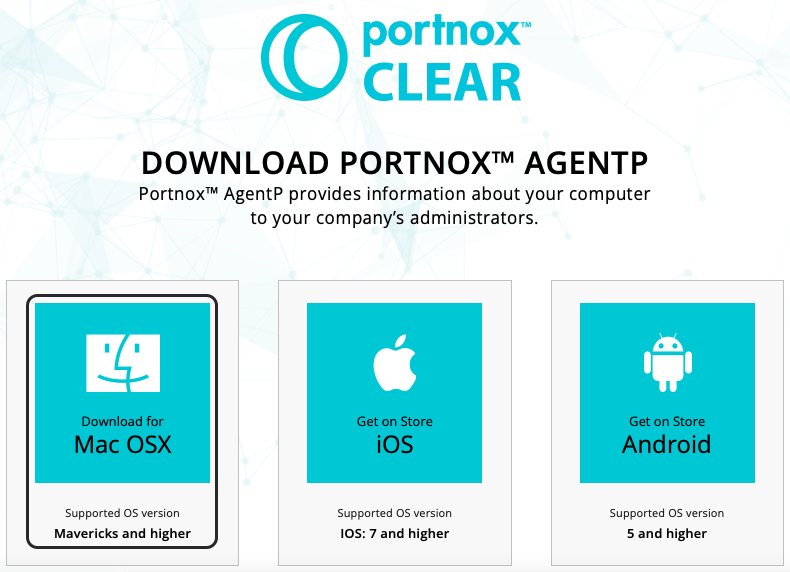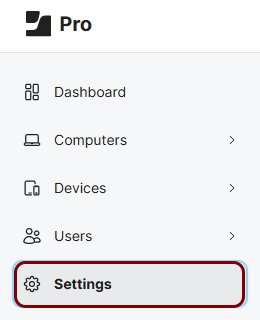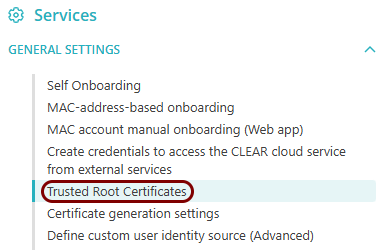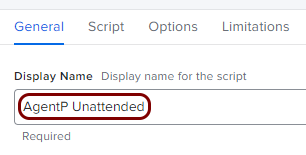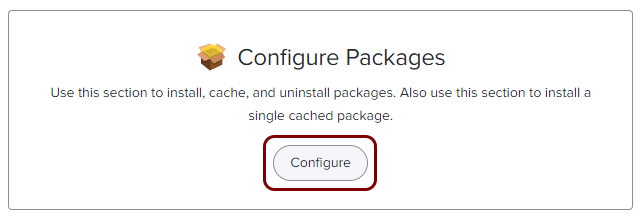Onboard macOS devices with AgentP using Jamf and SCEP
In this topic, you will learn how to deploy Portnox™ AgentP on managed macOS devices by using Jamf if certificates are managed by SCEP.
There are two options to deploy AgentP on managed macOS devices using Jamf:
- Onboard devices using SCEP certificates and use AgentP for risk assessment only (recommended)
- Deploy AgentP and have the users onboard manually
This topic describes the first option. Begin by completing the steps in the following topic: Onboard macOS devices with certificates using Jamf and SCEP. Then, continue with steps in the current topic.
Add the AgentP installation package to Jamf
In this task, you will download the Portnox™ AgentP installation package for macOS and upload it to Jamf to be later distributed to managed macOS devices.
Get issuer information from Portnox Cloud
In this task, you will copy the issuer name from the Portnox™ Cloud portal, so you can use it later when creating a configuration script for AgentP.
Create an AgentP configuration script in Jamf
In this task, you will prepare a script that creates an AgentP configuration file on the managed device.
Create a policy in Jamf to deploy the package and script
In this task, you will create a policy that you can apply to managed devices to automatically install and configure the Portnox™ AgentP package on managed macOS devices.

